I remember my first long-distance run clearly. Halfway through, I realized my feet were uncomfortable, not because of my shoes, but due to the socks I had chosen without much thought and that day taught me a valuable lesson: never underestimate the impact of socks on a run.
As a dedicated runner, I aim to share insights on how to choose the right running socks, which is often an overlooked aspect of a runner’s gear. This article is designed to take you through the considerations necessary for making an informed decision. I promise the knowledge shared here is rooted in expertise and garnered from multiple reliable sources.
Beyond comfort, the right socks can help prevent injuries and blisters and contribute to better hygiene during and after your runs. As you continue to read, I’ll guide you through understanding your foot’s needs, the significance of materials, and additional features to look for in running socks. And don’t worry, I keep my advice clear and straight to the point because I value your time and running experience.
So, let’s lace up and move to the next section where we’ll delve into foot anatomy and what to know about sock fit. This foundational knowledge sets the stage for selecting socks to support every step.
Understanding Your Feet: Anatomy and Sock Fit
Your feet are complex structures. They’re your body’s foundation, bearing the brunt of every step, every mile. When choosing running socks, we need to understand the basics of foot anatomy as essential. You’ve got your arch type, toe length, and overall foot volume to consider. These can vary widely from person to person, affecting what kind of sock will fit best.
Measure your feet regularly—yes, they can change size over time—and pay attention to their unique shape. A sock that matches your foot’s contours offers more comfort and helps prevent unwanted movement inside your shoe, which can lead to blisters or soreness. For instance, if you have a high arch, you may benefit from socks with enhanced arch support.
A good sock fit isn’t just about avoiding discomfort; it’s about maintaining foot health. Circulation, skin integrity, and muscle support are all impacted by your sock choice. A well-fitted sock will snugly cover your foot without pinching or leaving excess material, reducing risks associated with poor circulation or chafing. Remember, socks are the intermediary between your foot and your shoe, playing a crucial role in your overall running experience.
Too running shoes are made with the knowledge that you use good running socks. Because this works all together like a team.
Material Matters: Selecting Fabric for Function
When you’re out running, everything from your shoes to your hat matters for comfort and performance, and your socks are no exception. The material composition of your running socks is a game-changer and needs careful consideration.
Runners often find themselves weighing the benefits of natural versus synthetic materials. Natural fibers, like merino wool, are praised for their breathability and softness. They’re ideal for temperature regulation, keeping feet warm in colder conditions and cool when it’s hot. On the flip side, synthetic fibers, such as polyester and nylon, are champions of durability and moisture control. These quick-drying materials pull sweat away from the skin, a crucial feature to prevent chafing and blisters during long-distance runs.
One fabric doesn’t fit all, though. For instance, if you’re running a marathon, a synthetic blend might be your best bet for keeping your feet dry and blister-free over those taxing 26.2 miles. Alternatively, a merino wool sock could be the perfect partner for a brisk morning jog in cool weather to keep your feet at an optimal temperature.
Beyond wicking moisture, your chosen material can also impact odors. Materials like merino wool are naturally odor-resistant, helping you keep your feet fresh even after rigorous miles on the track. Considering climate and weather conditions will guide you to the best fabric choice for you—ALWAYS REMEMBER your local environment when selecting your running gear.
Now, as crucial as material is, there’s another factor equally vital for your running experience—cushioning and compression. The next section will guide you through finding your ideal balance between these two, ensuring your socks not only keep your feet dry and comfortable but also support them in just the right way.
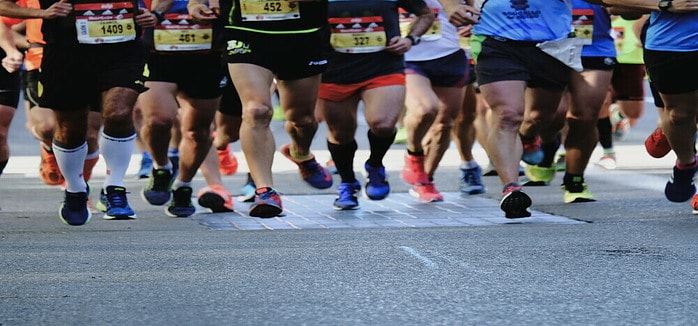
Cushioning and Compression: Finding Your Balance
You might think running socks are just about fabric, but there’s more. Cushioning and compression come into play, adding comfort and support to your run. Cushioning, typically found in the heel and toe areas, absorbs impact. With each mile you cover, your feet repeatedly strike the ground, and the extra padding helps protect against excessive wear on your skin and joints.
Then there’s compression. Running socks with compression fit snugly, promoting blood flow and reducing muscle vibration. This can delay fatigue and speed up recovery post-run. Particularly for long-distance runners or those with specific circulatory issues, compression socks might be game changers.
Now, don’t rush to one extreme. The most cushioned sock isn’t universally the best, nor is the tightest sock. Your individual needs come first. Think about your running surface�are you pounding the pavement or taking on trails? What’s the distance you typically cover? These factors influence the balance of cushioning and compression that’s right for you.
It’s also wise to consider your experience with injuries. If you’ve had bouts of plantar fasciitis or tendinitis, for example, find a sock with targeted support. However, be wary of going for too much cushioning as it can alter the fit of your running shoes, potentially shifting your gait and causing new issues.
Socks aren’t a cure-all, but they’re a piece in the puzzle of your running comfort and performance. As we transition into the next topic, I’ll nudge you to consider another important feature: whether to go seamless or stick with traditional construction. Because even the smallest detail�like a seam�can significantly affect your running experience.
Seamless Socks vs. Traditional Socks: What’s the Difference?
I’ve discovered that the smallest details can have a significant impact on my running experience. One such detail is the construction of my socks; more specifically, whether they have seams or not. Seamless socks are exactly what the name suggests: socks without traditional toe seams that can rub against your skin and cause irritation. The absence of seams ensures a smooth, uniform interior that reduces the risk of blisters and discomfort, particularly on longer runs.
Why would anyone choose traditional socks with seams, then? Well, in some cases, traditional seams can actually offer a slightly snugger fit, which might appeal to runners who prefer the feel of more structure in their sock. Additionally, traditional socks tend to be more readily available and come in a broader range of styles and designs.
It’s important to try both types of socks to determine personal preference. Comfort is highly subjective, and what works for one person may not work for another. Pay attention to how your toes feel during and after a run. If you notice friction or pressure points that lead to hot spots, it’s a clear sign to switch things up.
The Impact of Sock Height on Your Run
The height of your running socks might seem like a minor detail, but it has a significant role in your comfort and protection while you run. The choice between no-show, quarter, crew, or knee-high socks isn’t just a fashion statement; it can influence your running experience in various ways.
Let’s consider protection first. If you’re running through trails with brush and debris, taller socks, like crew or knee-high, safeguard your skin against scratches and irritants. For road runners, a no-show or quarter sock might suffice, providing a clean look with less coverage but enough protection from shoe friction.
The height of the sock can also play a part in preventing blisters. Socks that extend higher than the shoe collar offer a layer of fabric that can reduce the risk of friction that causes these pesky issues. Additionally, depending on the weather, the sock height can help regulate temperature. On colder days, higher socks keep more of your legs warm, whereas on hot days, opting for shorter socks can aid in keeping you cool.
Compatibility with shoe type should also steer your choice. High-top running shoes naturally pair well with quarter or crew socks, while standard running shoes might pair better with no-shows. Personal preference is key, and comfort should be your guiding principle.
As you transition to the next section, think about the additional features you might need from your socks. Are you dealing with specific foot issues, like plantar fasciitis, that require extra support? Do you often run long distances and could benefit from targeted cushioning? The height of your socks might meet basic needs, but considering specialty features can further enhance your running experience.
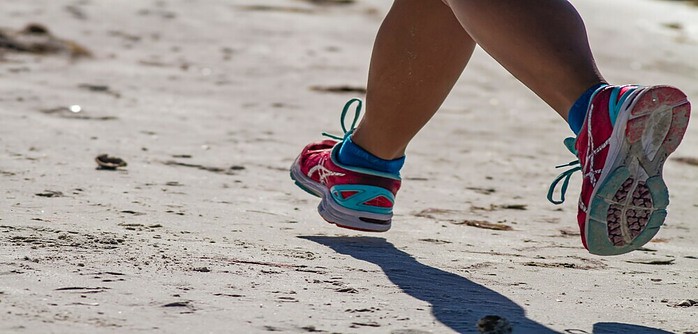
Specialty Running Socks: When to Consider Performance Features
You’ve probably stumbled upon high-tech socks labeled with terms like ‘arch support,’ ‘anatomical fit,’ or ‘targeted cushioning’ while browsing for running gear. These are not just fancy buzzwords; they’re indicative of the specialty features designed to address specific needs.
For runners dealing with common ailments like plantar fasciitis, Achilles tendonitis, or frequent blisters, performance features in socks can make a significant difference. Arch support helps distribute pressure evenly, reducing the strain on your foot’s arch. Meanwhile, targeted cushioning can provide relief to tender spots and aid in recovery.
The terrain you navigate also plays a role. Trail runners might benefit from socks that offer extra protection against the debris they encounter. Conversely, those who stick to smooth pavement might prefer lightweight designs tailored for speed and breathability.
While performance socks often come at a premium, they’re not just a luxury; they’re an investment in the health and comfort of your feet. A robust pair can serve as a preventative measure against foot issues down the line and improve your running experience.
When selecting specialty socks, compare brands and read reviews to choose a product that matches your particular needs. Don’t shy away from spending a bit more if the socks promise improved comfort or performance on your runs.
Conclusion: Your Personal Best in Sock Selection
Navigating the world of running socks might seem like a small detail in the grand scheme of your running gear, but as I’ve detailed throughout this piece, it’s clear that these minor components can have a major impact on your performance and comfort.
Remember, there’s no universal ‘best’ sock—what works for one runner may not suit another. It’s about finding the right pair that meets your unique needs, whether you’re hitting the trail or pounding the pavement. Pay attention to your feet’s response to different materials, cushioning, and compression levels. It’s your feet that carry you to the finish line—treat them well.
One last piece of advice I’d like to leave you with: don’t underestimate the power of trying out multiple options. Sometimes, the perfect running sock is a discovery made through experimentation. And while it may require a small investment of time and resources, finding that ideal pair can lead to better runs and greater enjoyment.
I hope my guidance has illuminated the path to choosing running socks that elevate your running experience. Embrace the trial and error process and when you find the right pair, you’ll know—it’ll feel like they’re barely there, allowing you to focus purely on the joy of running.
If you’ve found a particular brand or style that works wonders for you, I encourage you to share your findings. Your experiences can help guide fellow runners on their own journey to finding the perfect running sock. Let’s keep the conversation going—after all, a good run always leads to great stories.

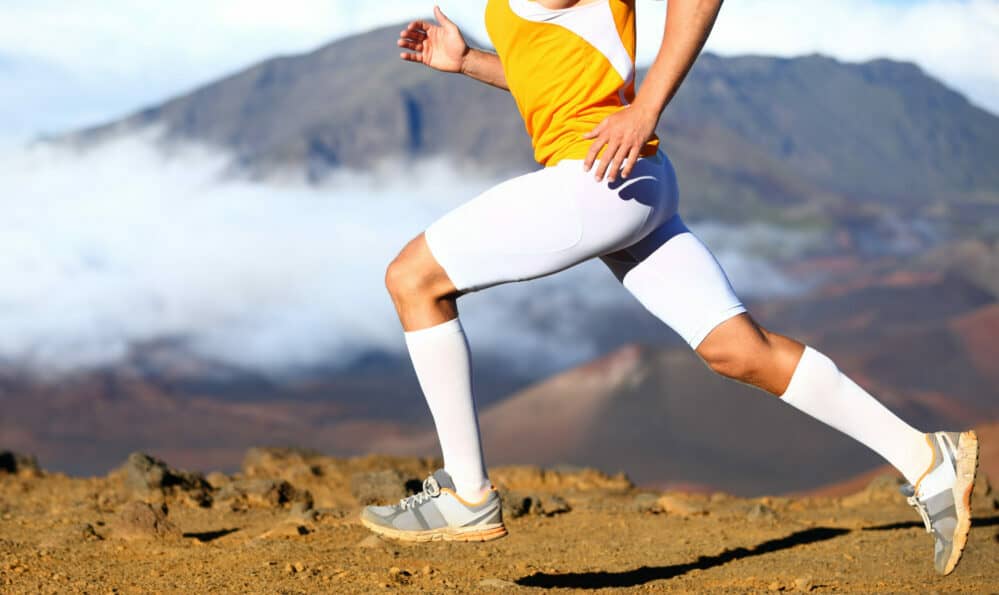
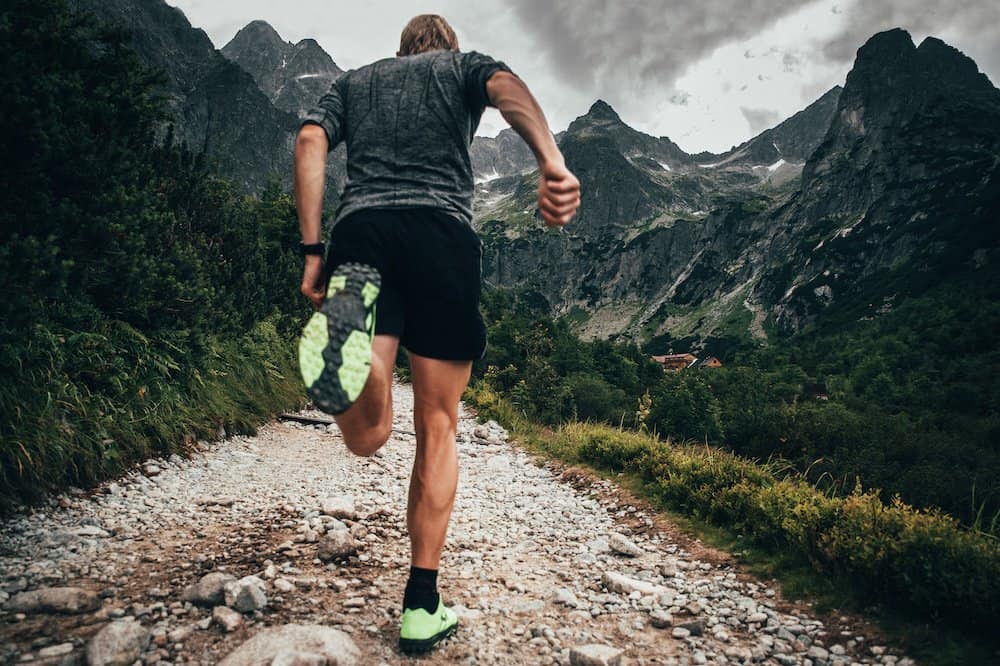
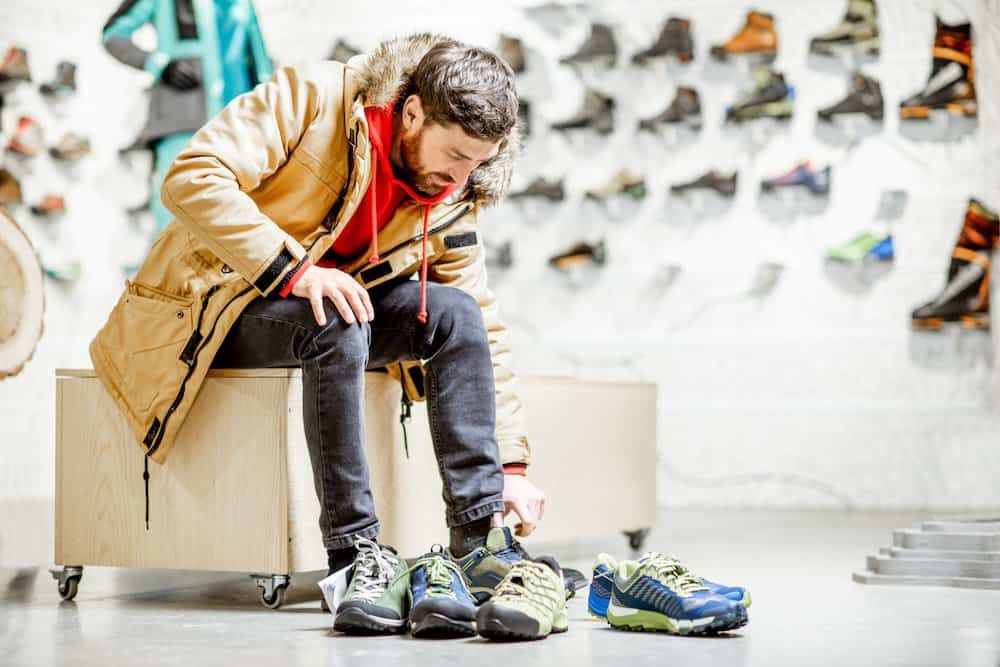
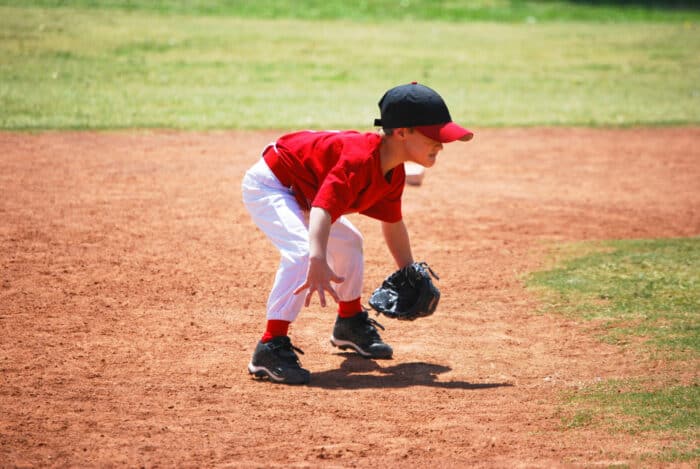
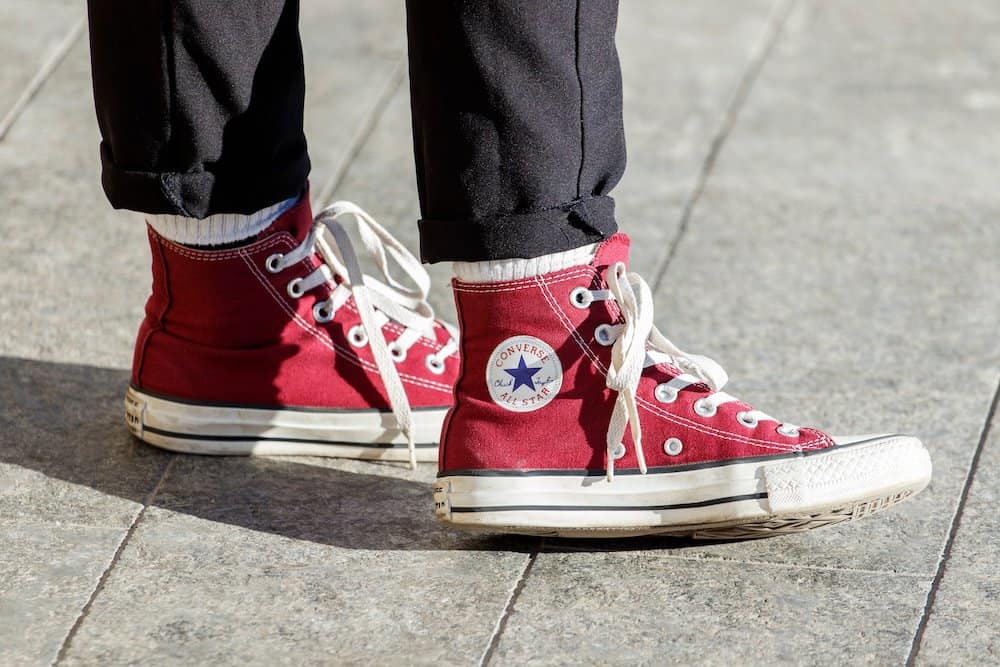
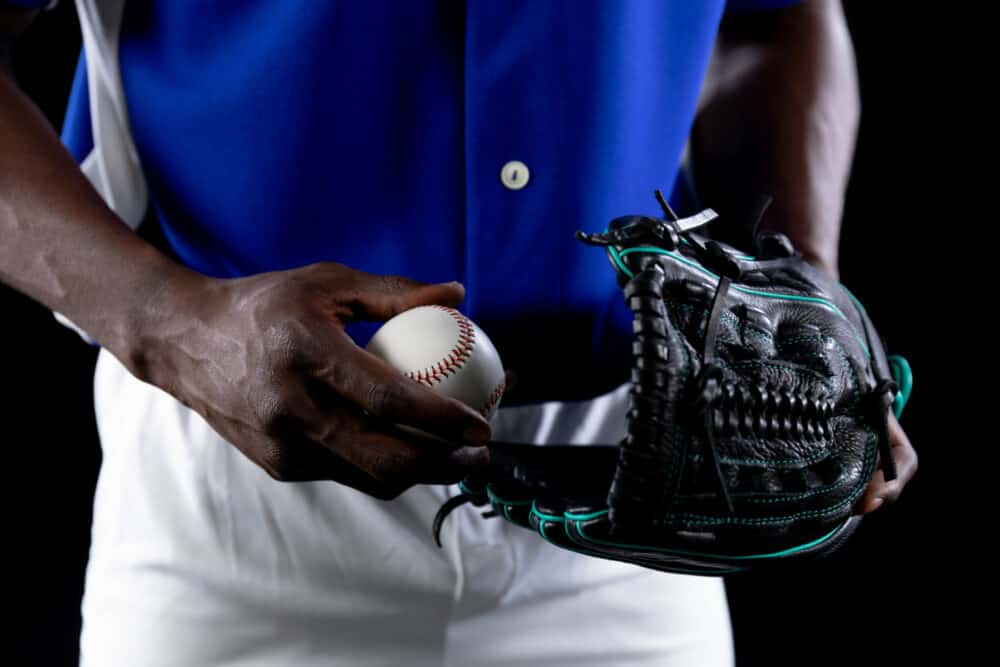
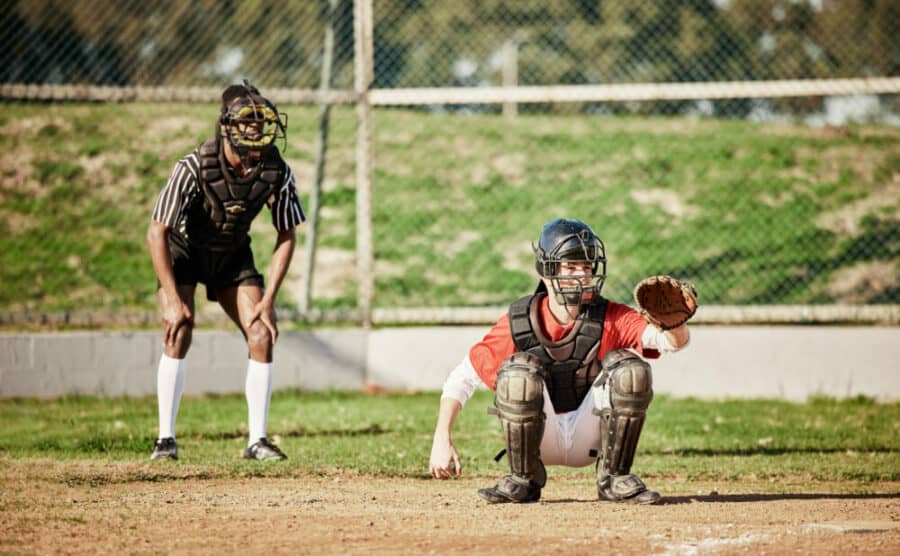




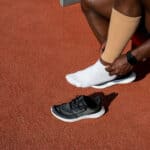

While your post comprehensively covers various aspects of choosing running socks, from material to sock height, it doesn’t touch upon gender-specific designs. Considering anatomical differences between male and female feet, are there specific features or designs in running socks that cater differently to men and women? How significant are these differences when selecting the right pair of running socks?
Hi, Sonia, and thank you.
Thank you for your kind words.
Yes, there is a difference between men’s and women’s socks.
The feet of the sexes are different. For example, a man’s foot is usually larger. Therefore, women must remember that when buying unisex shoes/socks, there is by far the most excellent chance that the size is made with a man’s foot in mind. And have that in mind.
The main difference between the running socks for the sexes is that women’s socks are usually softer and more comfortable. But socks for men are more about function.
Don’t hesitate to contact me to help you with anything else or if you have any questions.
Great article! I learned a lot about choosing running socks. One thing I’m curious about – how often should I replace my running socks to ensure maximum comfort and support? I run about three times a week and I’m not sure if there’s a specific timeframe for sock replacement. Thanks for the helpful info!
Hi, Corey, and thank you.
Thank you for your kind words.
I believe strongly in looking for some things rather than a general thumb about when the time is to change the socks. And for running shoes too.
The thumbs say 6 months or 300-500 miles. If the time comes first, you change after six months and vice versa.
But there are big But in it! Luckily, we are all different and run with different styles and stress points. That means the time to get the maximum of running socks and shoes is additional between individuals.
I recommend looking at the shoes sometimes and seeing if there are signs of things that mean they have started to be less good than before.
However, a general rule of thumb is to replace your socks every six months or after 300 to 500 miles of running, whichever comes first. You can also check for signs of wear and tear, such as holes, thinning, fading, or loss of elasticity. It’s time to get a new pair if you notice these signs.
The signs I am talking about are, for example, if they are getting thinner in some places, loss of elasticity. And if there are other signs that they are not as strong as before, like if holes are somewhere in them.
If this is the case, it is time to change socks.
And too, our legs change over the day and can be thicker later, especially if we are standing or walking a lot. Sometimes, some socks are better later in the day than in the morning.
Don’t hesitate to contact me to help you with anything else or if you have any questions.